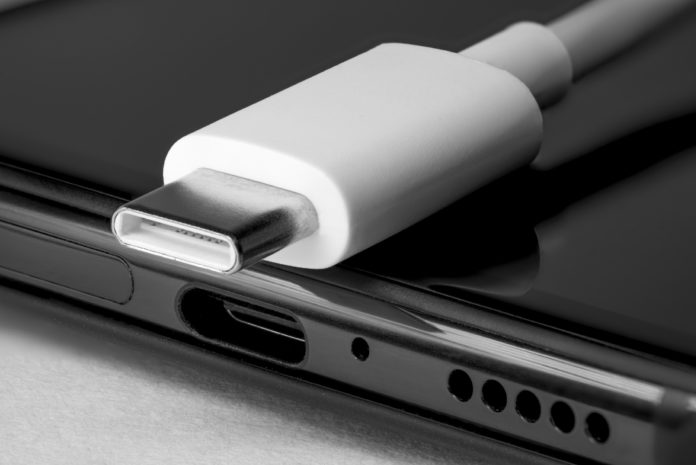Faster charging time with USB-C 2.1 is just around the corner
With the next-generation of USB Type-C cables, our charging time with USB-C 2.1 cables will come with more data bandwidth and more power. Just yesterday, Google engineer and USB-C cable specialist Benson Leung announced the availability of a new USB-C cable specification. The new standard enables for much faster charging between USB-PD devices that comply with it.
The amount of electricity that a USB Type-C cable can offer has limited the concept of it charging just about everything. Now, a new cable was released by retailer Club3D that can supply up to 240W of electricity. The company currently has three cables available for purchase. Two of them are featured for the transmission of power, data, and video, while the other is limited to power and slower data.
CAC-1573 is the entry-level model, with USB 2.0 data transfer rates of only 480Mbps and no capability for video output. CAC-1575 is in a higher tier, with USB 4 speeds of up to 20Gbps and 4K at 60Hz video capability. Last but not least, the CAC-1576 cable is the most high end, with USB 4 speeds of up to 40Gbps and 8K video support at 60Hz.
Prior to the news to decrease charging time with USB-C 2.1, the standard USB-PD power delivery was limited to 100W (20V at 5A) due to the Extended Producer Responsibility (EPR) standard. Now with the exception of the most powerful CPUs and GPUs on the market, USB-C charging at up to 240W should be more than enough for a majority of laptops, smartphones, and other devices.
Manufacturers will be able to unify USB-C chargers throughout their whole product lines due to the increase in power supply. Despite the fact that we’ll still have USB-PD SPR and USB-PD EPR chargers, the change of charging time with USB-C 2.1 cables should result in a big reduction in charger hassle. Hopefully, a rising number of chargers and devices will take full advantage of USB-C 2.1’s features in the near future.

